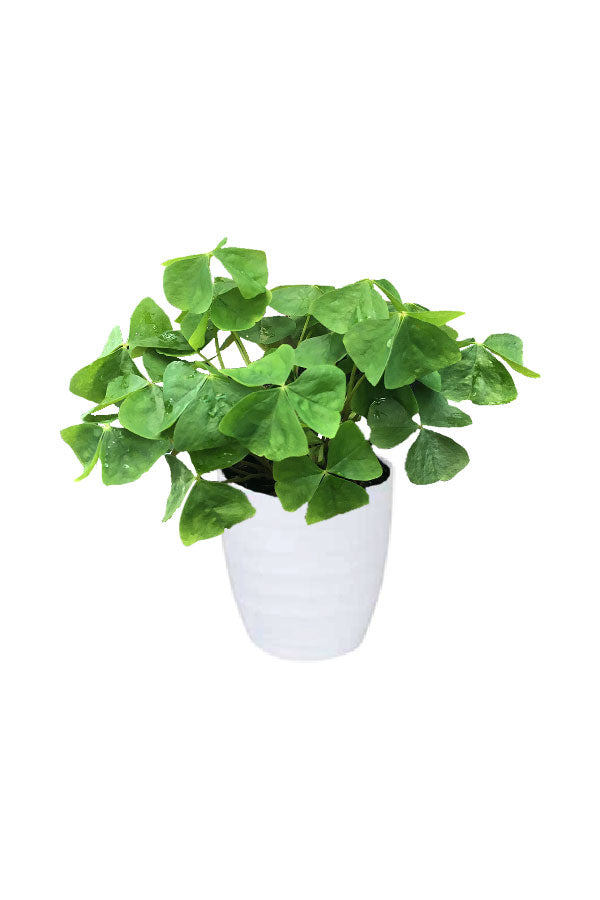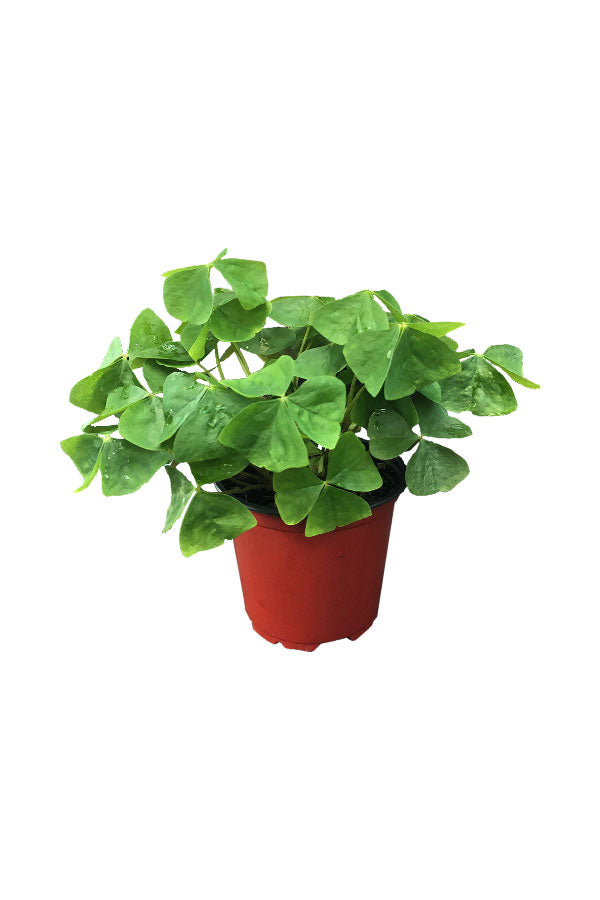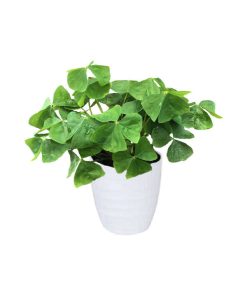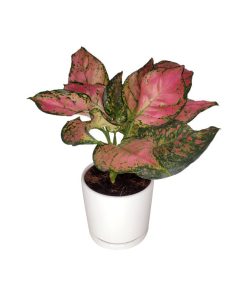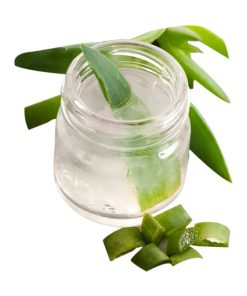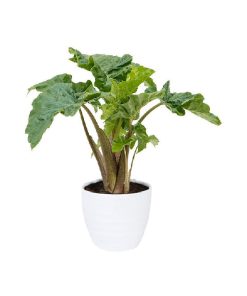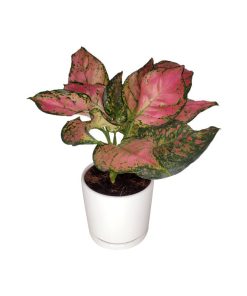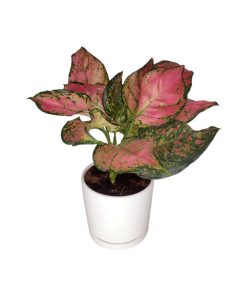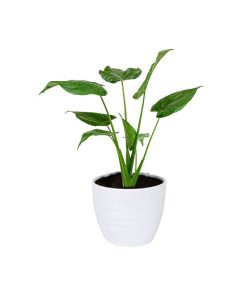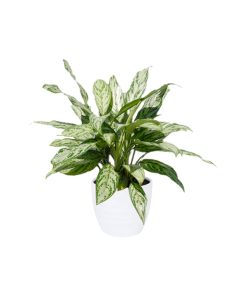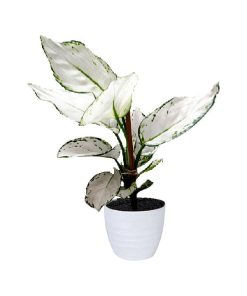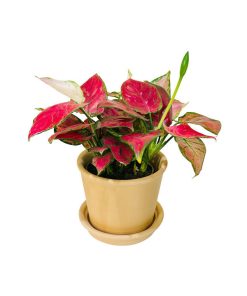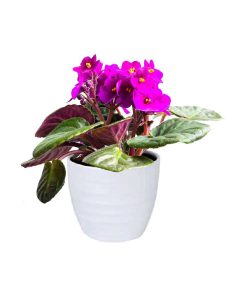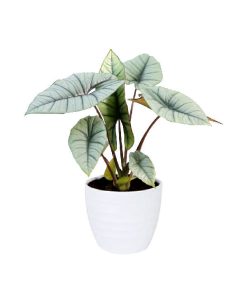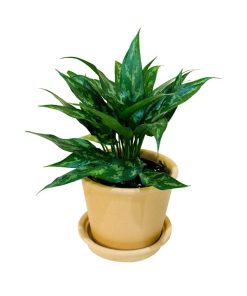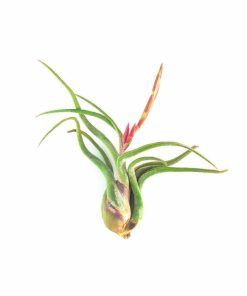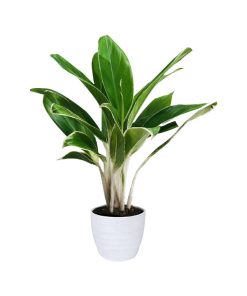Oxalis Green Plantsworld.ae
د.إ 48,00 د.إ 28,80
ABOUT THE PLANT
Oxalis are not only excellent houseplants because they come in a range of colors and sizes, but also because they are so prolific. They are, in fact, SO prolific that they are considered to be weeds to gardeners and greenhouse growers worldwide. Many will go through a dormant phase in the wintertime if kept as a houseplant. A significant portion of the play may die and go into dormancy if not receiving enough light. Give a dose of fertilizer and more light and it’ll grow back.
Many Oxalis, like most legumes and a few other plants, exhibit a phenomenon known as nyctinasty. Nyctinasty is a form of rhythmic circadian nastic movement of plants in response to the onset of darkness. The plant senses light quality and type via receptors, and sends a response to the pulvini, which are joints bulging with cells at the base of the leaflets. The pulvini then release sugars and potassium ions that eventually cause the characteristic drooping of the leaflets.
Sunlight
Thrives in bright indirect to bright indirect light. Can handle a few hours of sun.
Water
Water weekly. Allow potting mix to dry out before watering. Soil about 1-2” down should be dry to touch. Water more frequently during warmer months and fertilize during growth. Generally, the plant will droop to show that it needs more water. Do not overwater or keep the soil wet for too long, as this will encourage root rot.
Humidity
Any humidity level will do. Normal room humidity is fine.
Temperature
65°F-85°F (18°C-30°C). It’s best not to let it go below 60°F (15°C).
Common Problems
It is generally a very easygoing plant. Should it get spider mites, treat the plant as soon as they appear with weekly sprays of horticultural (Neem) oil and regular wipe-downs of the plant.
| Pot | Nursery Plastic Pot, White Ceramic Pot |
|---|---|
| Size | 15 – 20cm |
Fast Shipping & Professional Packing
We are able offer many shipping options thanks to our long-term partnership with UPS FedEx DHL. Our warehouse staff is highly educated to pack your items exactly as per the specifications we offer. Your items will undergo an extensive inspection and will be securely secured prior to being delivered. We ship to thousands clients every day in a variety of countries. This shows our commitment to becoming the biggest retailer online in the world. The distribution centers and warehouses distribution are in Europe, as well as the USA.
Orders with more than one item are assigned processing times for each item.
We will thoroughly inspect all products before they are shipped. The majority of orders will be shipped within 48 hours. Delivery is expected to take between 3 and 7 days.
Returns
Stock is dynamic. It's not completely managed by us since we are involved with multiple parties such as the factory and the storage. So the actual stock may alter at any time. Please understand it may happen that your order will be out of stock once your order has been made.
Our policy is valid for 30 days. If you don't receive the product within the 30 days period, we're not able to issue the option of a refund or exchange.
The item cannot be used and in the original packaging. The item must be in its original packaging.
Related products
Indoor Plant
Indoor Plant
Indoor Plant
Indoor Plant
Indoor Plant
Indoor Plant
Indoor Plant
Indoor Plant
Indoor Plant
Indoor Plant
Indoor Plant
Indoor Plant
Indoor Plant
Indoor Plant
Indoor Plant
Indoor Plant
Indoor Plant
Indoor Plant
Indoor Plant
Indoor Plant
Indoor Plant
Indoor Plant
Indoor Plant
Indoor Plant
Indoor Plant
Indoor Plant
Indoor Plant
Indoor Plant
